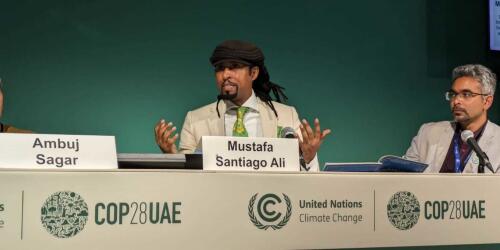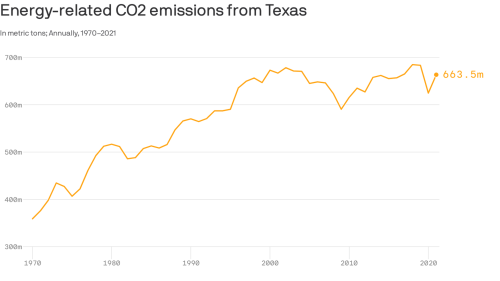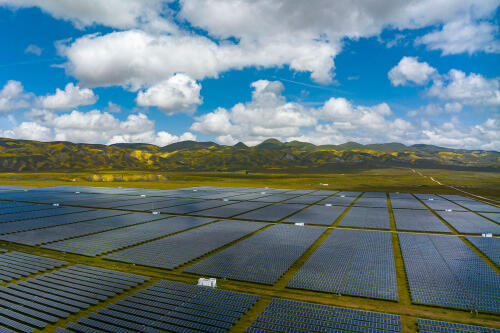Ecodaily
The word “acceleration” is top of mind for many people as this year’s negotiations draw to a close at the 28th meeting of the UN Climate Conference of the Parties (COP28). With only a handful of years left to reach the net-zero agreements set out in the Paris Agreement of 2015, nations are racing to phase out unabated fossil fuel consumption and ramp up renewable energy sources. Stanford co-hosted an official side event with the International Centre for Climate Change and Development (ICCCAD) and the Independent University, Bangladesh to probe a critical tension: nations around the world will need to balance “fast and fair” approaches as they rapidly transition to clean energy technology, safeguard the long-term health of ecosystems, and prepare for lasting community impacts from climate change. The event was one of several co-organized by a delegation of Stanford faculty, scholars, and studen...
There are glass-half-empty and glass-half-full ways to view renewable energy and climate finance in Africa, the second largest and most populous continent. The somber take: Africa and its countries are not even close to being on track to achieve the Paris Agreement or their own climate goals — their contributions to limiting global warming to 1.5 degrees Celsius or 2.7 Fahrenheit — before 2030. The Climate Policy Initiative estimated the continent will require $277 billion of renewable energy investments each year from 2020 to 2030 to meet its goals and that isn’t happening. There is currently only $29.5 billion invested, a shortfall that will ultimately hamper the collective effort to avoid profound environmental problems and keep the earth livable. “It is unlikely that global climate change mitigation efforts can be successful without taking Africa into consideration,” Pieter Scholtz, the ESG Africa partner lead at KPMG, said i...
World leaders headed into overtime this week in Dubai at COP28, the international climate change summit, to broker agreements on lowering global-warming emissions. Driving the news: In the U.S., Texas continues to emit the most greenhouse gasses of any state with little signs of recent change. By the numbers: U.S. Energy Information Administration (EIA) data show Texas’ overall CO2 levels increased nearly 85% from 1970 to 2021 across all sectors — homes, businesses and transportation. Threat level: The state is experiencing the impacts of climate change in many ways, from record-setting temperatures to longer droughts and wetter hurricanes. Between the lines: Texas has yet to see any significant change in emissions in recent years — just a 1% increase between 2016 and 2021, according to the EIA data. Meanwhile: A recent draft document from the Texas Department of...
Last October, when the old propane boiler failed at 23 Hardware and Lumber in Askov, owner Scott Peterson did something that many experts say is critical for Minnesota to combat climate change and reach its greenhouse gas reduction goals. He replaced it, not with a traditional boiler or furnace, but with an electric air-source heat pump. He didn’t do it to save the planet. He did it to save money — and to get air conditioning for the first time. One year later, he’s happy he made the switch. He admitted to a bit of sticker shock when he got the quote for his new system, which included the heat pump, new ductwork, and a backup propane furnace. “But, you know, if you’re saving two to three grand a year on propane, it don’t take very long to pay for it,” Peterson said. Meanwhile, he said his electric bill has increased only modestly, by about $20 to $30 per month. Peterson hadn’t heard much about heat pump...
Startling new insights into the catastrophic impact of one of the most devastating events in Earth’s history have been revealed by a team led by researchers with the USC Dornsife College of Letters, Arts and Sciences. More than deepening our understanding of the end-Triassic mass extinction, their findings offer critical lessons for today’s environmental challenges. About 200 million years ago, Earth experienced its fourth major mass extinction event. Triggered by a dramatic rise in greenhouse gases due to volcanic activity, the event led to rapid global warming and a significant shift in the planet’s biosphere, ending the Triassic period and launching the Jurassic. Many scientists now believe Earth is in the midst of another mass extinction, driven in large part by similar climate changes. Earth scientists at USC Dornsife took a unique approach to analyzing the impact of this extinction event on both ocean and land ecosystems, using a novel...




